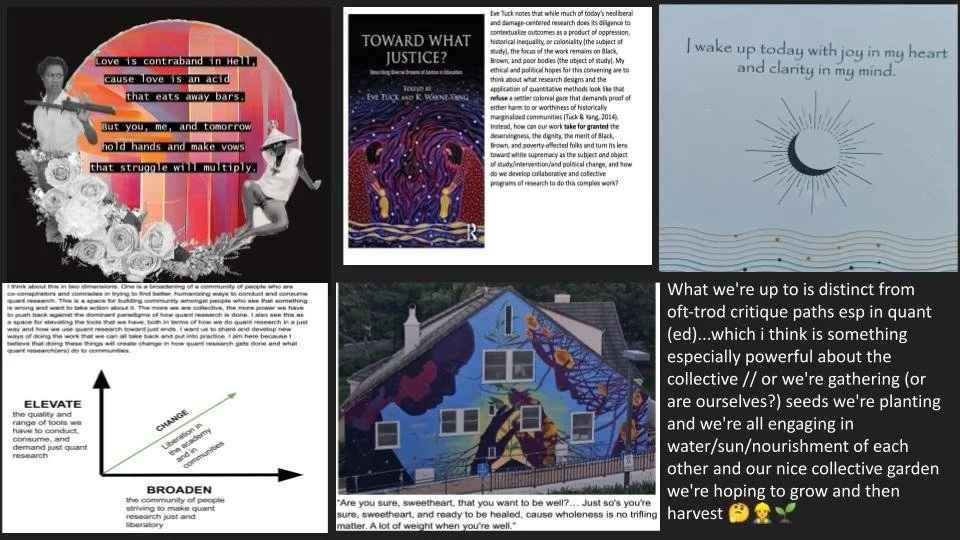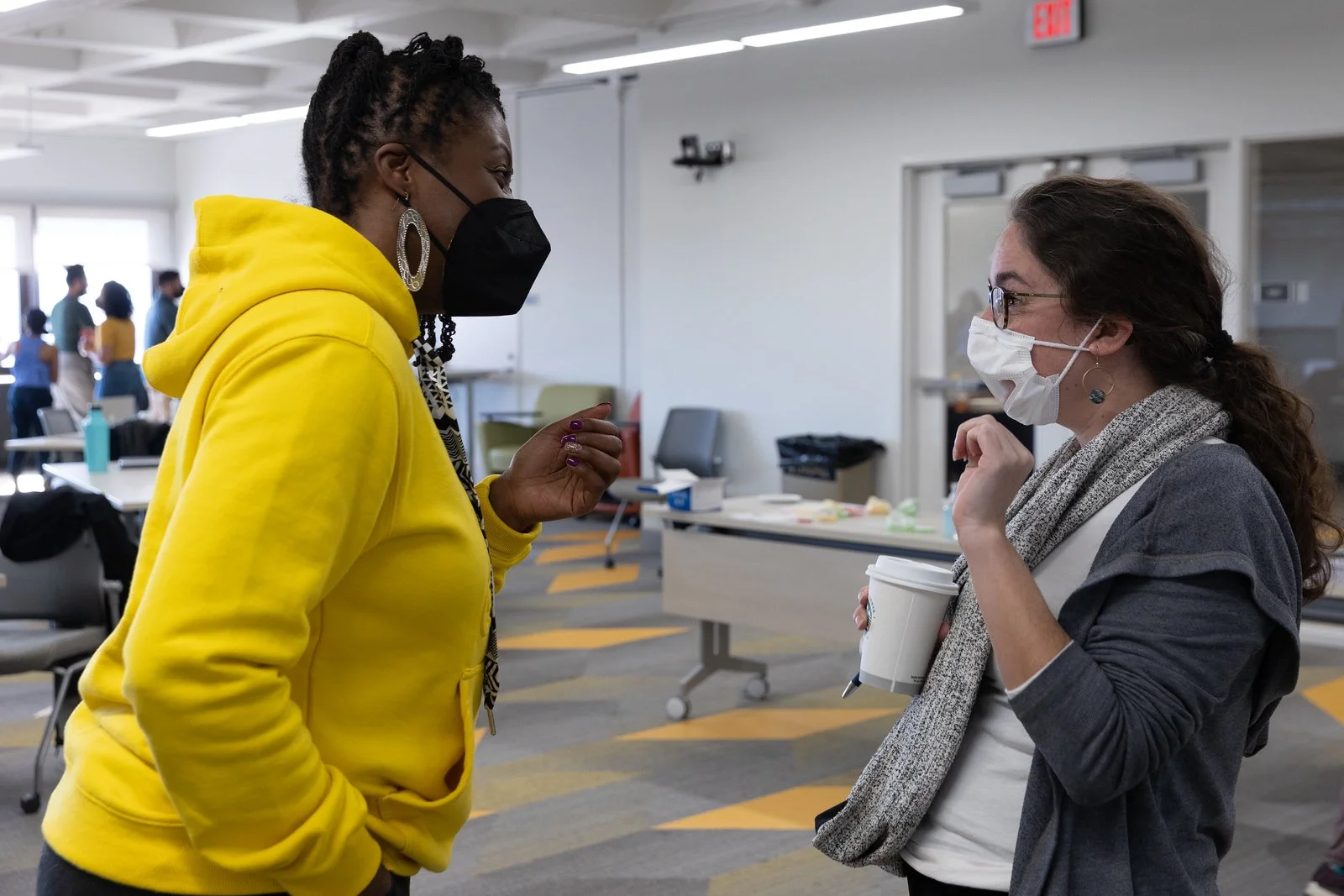Offerings
Entire books have been written about the rich histories of quilting across cultures. Enslaved Africans, for instance, would use scraps of cloth that remained from their labor to sew quilts to keep their families warm. They sewed abstract patterns into these quilts—memories from their homelands, passed down through generations. In Chile, women sewed arpilleras to document and denounce the disappearances, murders, and torture under Pinochet’s regime. Although Native Hawaiians were taught to quilt by missionaries, who demanded that they wear proper clothing, they soon adapted their skills to sew quilts that honor the plant life around them, rich in color with abstract images of hibiscus, breadfruit trees, and birds of paradise.
These, and other stories, demonstrate that quilting is more than a hobby: it is an art form, it is a mode of storytelling, it is an act of care, it is a tool of resistance, it is, at times, a tradition forced upon and quickly subverted to uphold the cultural logics of the oppressed. And importantly, it is a communal tradition. It involves people coming together with their scraps of cloth, sitting around a table, talking about their lives, and sewing together their histories and futures.
Before the very first Quant for What? convening, the six convening organizers created this digital quilt, where each piece represents what brought them to Quant for What? and what they hoped to accomplish through it. Over the course of the 2022 convenings, other members added their own stories, their own why, and their own dreams, which you can find here.
In 2022, with generous funding from the Spencer Foundation, American Institutes for Research, The Sloan Foundation, and the Grable Foundation, we gathered our first collective-building convenings centering on:
(Un)learning (and refusing) the deep connections between racial (in)equity central to mainstream approaches to teaching and conducting quantitative research
Healing from traumas created and inflicted by those current ways of doing and teaching quantitative methodologies
Dreaming beyond what quantitative methods, teaching, and community-grounded research look like today to identify action steps toward a liberatory research paradigm.
Unlearning to (Re)member: We brought together a multi-sector collective to engage in a deep bodymindspirit work of unlearning (decolonizing ourselves) the ways we have come to know, experience, and use quantitative methods that perpetuate white logics. In journeying back to the past, collective members will begin to unlearn philosophies of science, listening with and to communities of color, and healing traumas sustained by quantitative methods. In addition to unlearning, this session provides space for collective (re)membering of the ways quantitative methods can be used as a tool to liberate folx of color. (Re)membering is a process that comes from the West African word Sankofa, which requires that we learn from the past in order to build the future (Dillard, 2012).
Critical Application of Quantitative Methods: The second convening brought together quantitative education researchers, funders, policymakers, and students to discuss how norms in scientific practice have (or have not) limited their capacities to fund, conduct, and make use of critical quantitative methods and research. Using tools and campaign planning strategies developed by abolitionist organizers, participants will move from envisioning a new critical quantitative research paradigm to developing strategies for making this paradigm a reality.
Critical Teaching of Quantitative Methods: We cannot change a research practice or enterprise without changing the way we teach and train students on quantitative methods. To that end, the third convening brought together participants who train (future) researchers on quantitative methods, whether in or outside of academia, to question the perspectives that inform the design of quantitative methods courses and build anew.
Building with and for Community: The final convening will brought the collective together in Pittsburgh for a day of reflection, action, and celebration. To paraphrase Robin Kelley, “unless we have the space to imagine and a vision of what it means fully to realize our humanity, all the [convening] in the world won’t bring about our liberation” (Kelley, 2002, p. 198). We encouraged participants to reflect on where they have been over the course of the convening and where they would like to go, and made space for participants to take direct action on those reflections by participating in working sessions to support research with youth scholars based in Pittsburgh or to help funders incorporate criticality into their mission statements, requests for proposals, and more.
We Must Build Spaces That Love Us
Fostering Healing Through a Critical Quantitative Collective
(How) can funders support transformative educational research?
A call to reflective practice in support of quantitative criticalism







